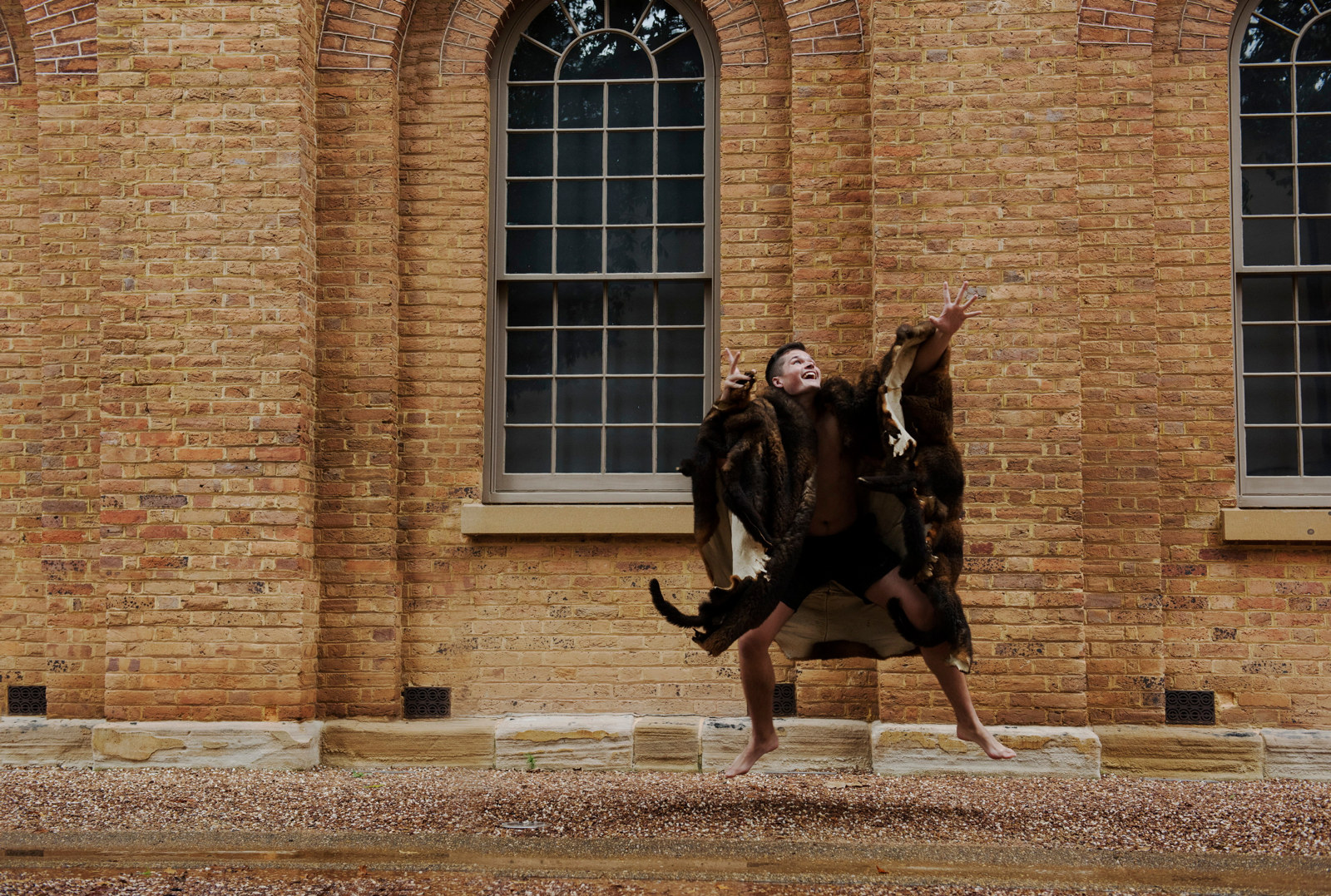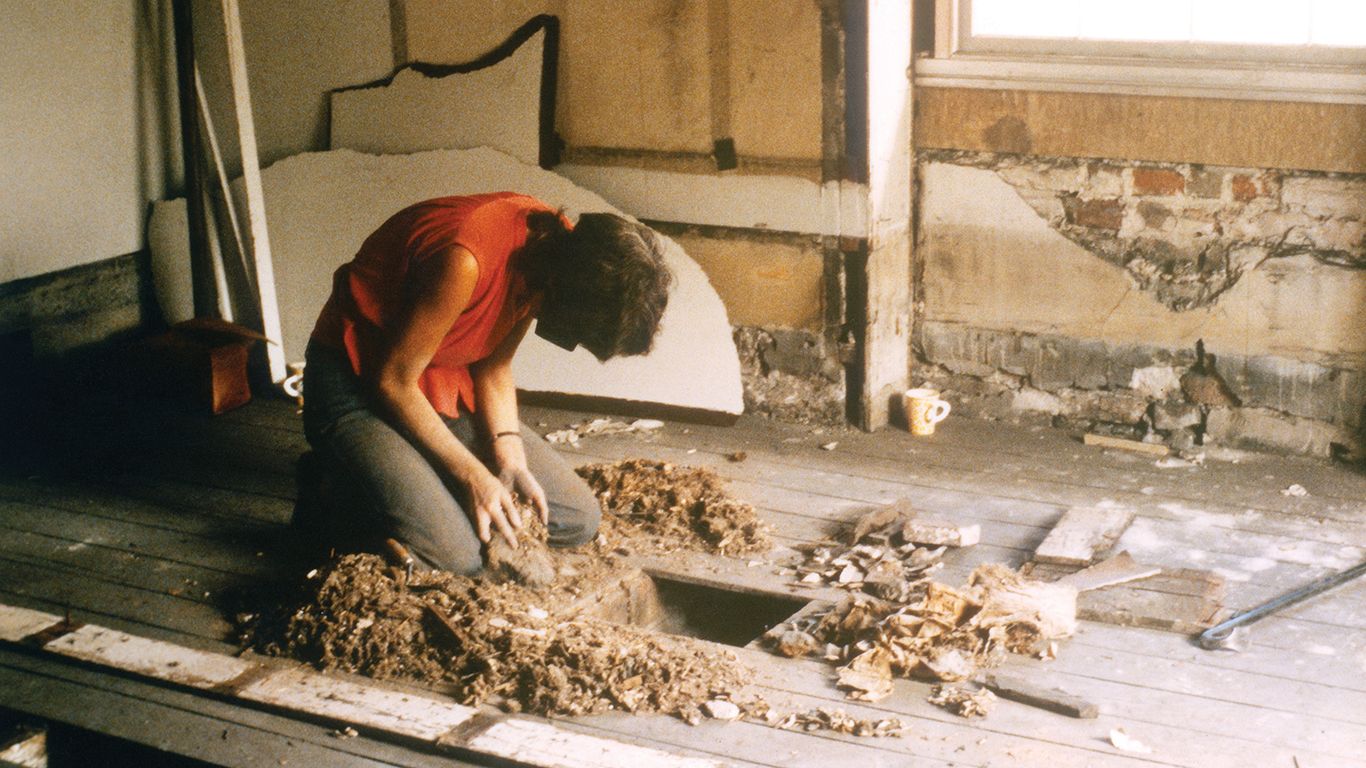Enough rope
More than a kilometre of rope suspended the hammocks required to sleep 600 or more convicts in the Hyde Park Barracks dormitories between 1819 and 1848.
So it is likely that some of the rope fragments found by archaeologists on level three of the building are remnants of the woven clews and lanyards from the convict hammocks.
The rope fragments also reveal links to the maritime history of Sydney as a port city, as well as convict work and the art of rope making. Convict rope makers like James Brown, transported to the colonies in 1827, and Michael Emmerson, transported to the colonies in 1829, worked in the government dockyards before being sent to the barracks for reassignment. Other convicts like George Lewis were employed on the harbour – he was a boatman assigned to work on the Phoenix hulk in Lavender Bay after staying at Hyde Park Barracks. Continuing his rope associations, Lewis was later discharged from the Phoenix for stealing rope along with fellow convict Robert Wilson.
To make rope from natural fibres such as hemp, sisal or manila, long clean strands were combed out of the raw material, before a series of twisting actions were applied to make one long piece of rope. A long, narrow building called a rope walk was needed, where the entire length of the rope could be stretched out. Sometimes the rope maker would wrap the strands around his body so it could be fed out and twisted as seen in the image from George Dodd’s Days at the Factories.
While rope was certainly part of everyday life for convicts at the barracks - swinging in the hammocks and listening to the creaking clews and lanyards - the material also had other associations during the later immigration depot period (1848- 1886) of the barracks’ history.
Some of the Irish orphan girls, who had originally been hired out as apprentices from the female Immigration Depot at the barracks, had their indentures cancelled and were returned to the barracks. An 1858 inquiry into Irish immigration revealed that these badly-behaved girls were made to ‘pick oakum’, in a ‘penitentiary’ (possibly in the southern range of buildings at Hyde Park Barracks).
Picking oakum, rough on the hands and monotonous, was used as a punishment in prisons and as a menial task assigned to workhouse inmates in England and Ireland and the Australian colonies.
The word oakum came from ‘off combings’ – the waste material left over in the manufacture of rope. Picking oakum involved laboriously pulling apart fragments of old and discarded rope. Images of workhouse inmates picking oakum show women seated and teasing apart ropes in their laps, beside large piles of the finished product. The oakum was then mixed with tar and used to seal the planks of wooden ships.
Published on
Related

Finding hope: Q&A with artist Hiromi Tango
Hope is a digital projection artwork by Japanese-Australian artist Hiromi Tango that uses the facade of the UNESCO World Heritage–listed Hyde Park Barracks as its canvas
![Government Printing Office; NRS 4481, Glass negatives. NRS-4481-4-44-[AF00194836] Immigration Barracks Sydney, August 1871 [Department of Public Works]](https://images.mhnsw.au/fotoweb/embed/2024/03/b437216ff79d433da2d3b92c8bb24e51.jpg)
Conservation
Conservation in action: Hyde Park Barracks northern range refurbishment works
In collaboration with experienced heritage consultants and traditional tradespeople, MHNSW is undertaking conservation works to the northern range buildings

Cutter and Coota: a children’s play by Bruce Pascoe
Meet author and historian Bruce Pascoe and the main characters from his play Cutter and Coota as they reflect on the play’s themes and the experience of performing at the Hyde Park Barracks

Hyde Park Barracks: a keeper of lost things
Uncover and explore some of the items found inside the barracks
